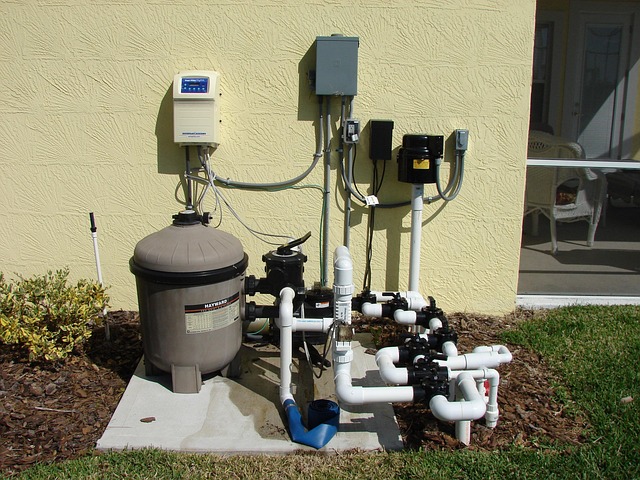"Redefining Wellness: The Therapeutic Potential of Controlled Breathing"
Let's take a moment to consider a fundamental aspect of life we often take for granted: our breath. Did you know that the simple act of conscious breathing could potentially unlock a myriad of health benefits, from stress relief to enhanced cognitive function? Let's dive deeper into this fascinating topic.

A Historical Breath
The practice of controlled breathing, also known as pranayama, has its roots in ancient Indian yogic traditions, dating back as far as 1500 BCE. In these traditions, breath control was seen as a means to influence the body’s vital energy or “prana.” This approach to health and wellness has been echoed in various forms across different cultures, from Buddhist meditation practices to Western relaxation techniques.
Controlled Breathing and Modern Health Trends
In recent years, health experts have started to recognize the physiological benefits of controlled breathing. It’s not just a relic of ancient wellness practices but a scientifically-backed technique with tangible health benefits.
The Science Behind the Breath
So how does controlled breathing work at a physiological level? The science is surprisingly complex. When we alter our breathing patterns, we trigger a cascade of physiological changes, from altering heart rate to influencing neural activity in the brain. These changes can lead to reduced stress, enhanced focus, and improved emotional regulation.
The Pros and Cons of Controlled Breathing
Controlled breathing offers a host of benefits, but it’s not without its challenges. The technique requires practice and patience, and it’s not a quick fix for serious health conditions. However, when used in conjunction with other wellness strategies, it can be a powerful tool for managing stress and enhancing overall well-being.
Putting Controlled Breathing into Practice
Ready to give controlled breathing a try? Here are some simple techniques you can start with, backed by research:
- Diaphragmatic breathing: also known as belly breathing, this method encourages full oxygen exchange, which can slow the heartbeat and lower or stabilize blood pressure.
- Box breathing: this technique involves inhaling, holding the breath, exhaling, and holding the breath again, each for an equal count. It’s often used to manage stress and improve focus.
- 4-7-8 breathing: this technique involves inhaling for a count of 4, holding the breath for a count of 7, and exhaling for a count of 8. It’s thought to promote relaxation and reduce anxiety.
Quick Breathing Insights
- Controlled breathing can help manage stress and anxiety.
- Different techniques can have different effects, from calming the mind to increasing alertness.
- Regular practice can lead to long-term benefits, like improved emotional regulation and cognitive function.
In closing, controlled breathing is more than an ancient wellness practice—it’s a scientifically-backed technique with real, tangible health benefits. By incorporating it into our daily routines, we can enhance our mental and physical well-being, one breath at a time.




